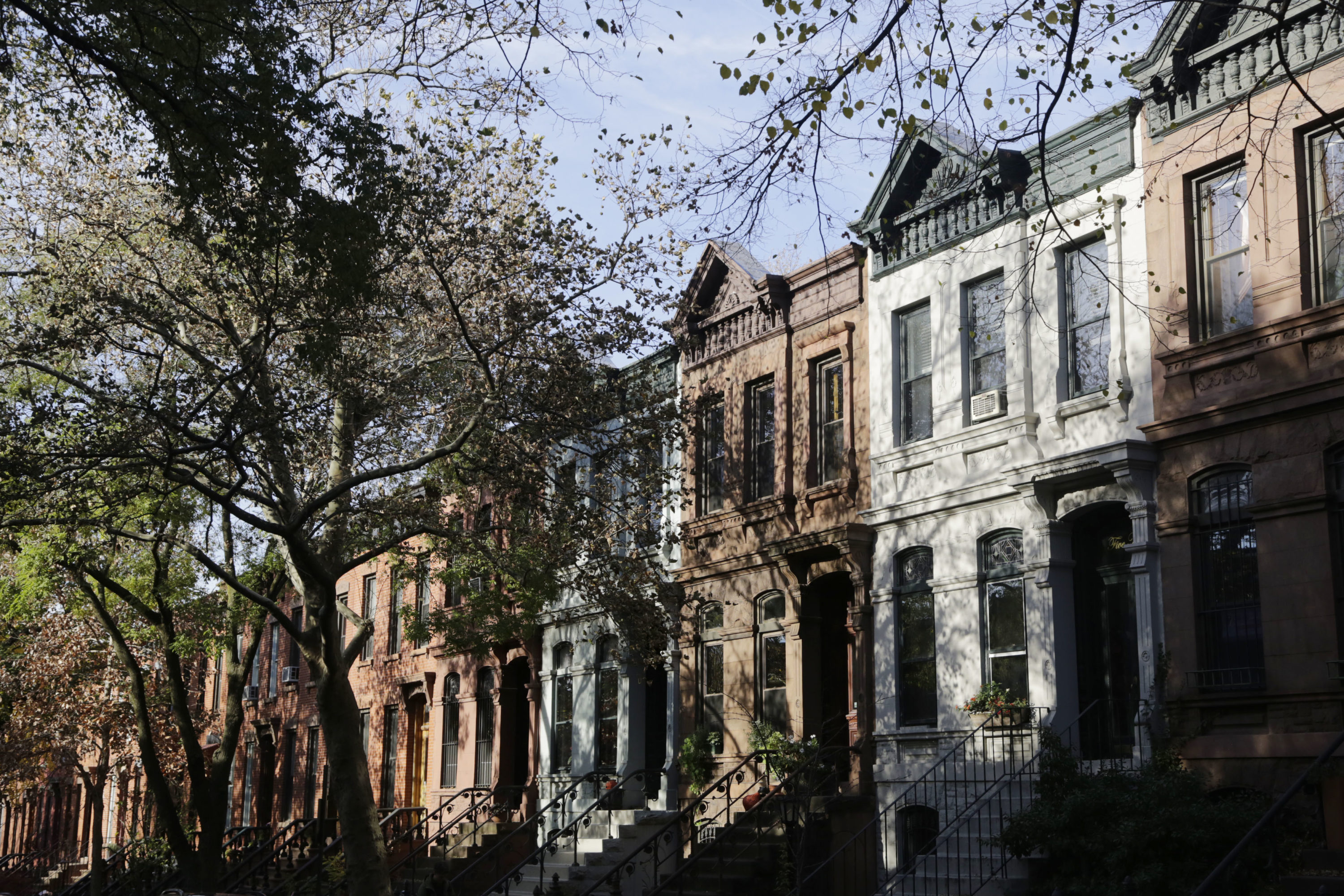
"Electus Litchfield, an architect and builder, bought some vacant land west of New Utrecht Ave. and created a community of cottages he called Blythebourne, for the Scottish words for 'happy home.' He advertised the location of his homes as 'the most accessible, agreeable and improving vicinage on Long Island.'"
"In the mid-1920s, largely because of a real-estate boom, Borough Park grew to the point where it encompassed Blythebourne."
"Many [Orthodox Jews] came in 1956 after the Hungarian uprising, and more in 1957 with the building of the Brooklyn-Queens Expressway, which displaced many Jews from Crown Heights and Williamsburg."
The article details the historical significance of Blythebourne in shaping the Borough Park neighborhood of Brooklyn. Established in the late 19th century by architect Electus Litchfield, Blythebourne was initially a community of cottages set amid rural land. As Borough Park developed, particularly in the 1920s amid a real estate boom, it absorbed Blythebourne. Subsequent demographic shifts saw an influx of Orthodox Jews from various areas post-World War II, solidifying Borough Park’s identity as a vibrant community.
Read at Brooklyn Eagle
Unable to calculate read time
Collection
[
|
...
]